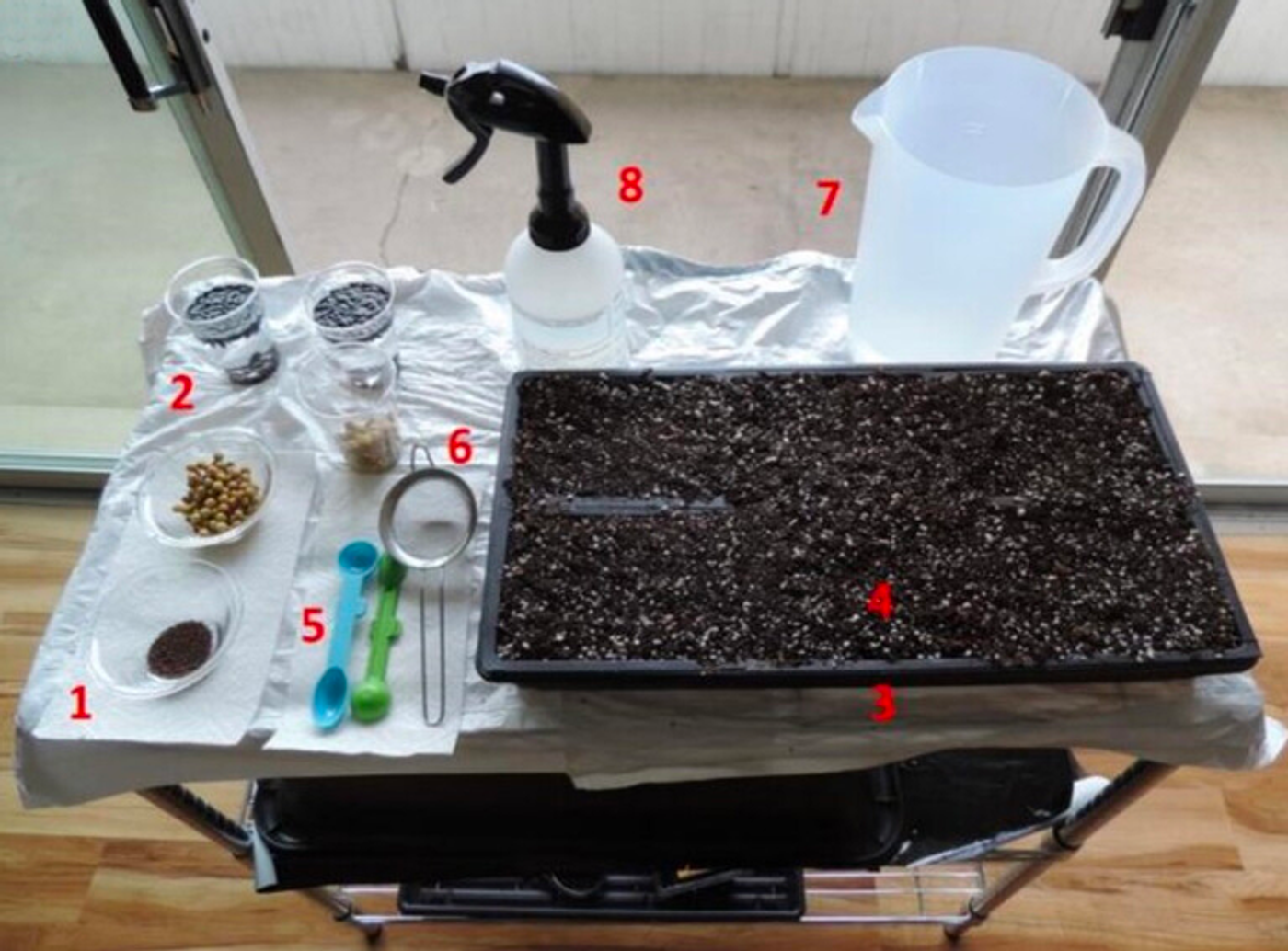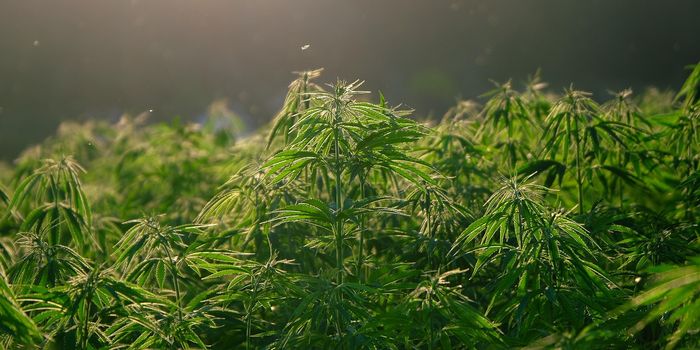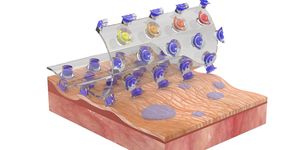You Can Take Food Security Into Your Own Hands by Growing Microgreens
Microgreens might seem like a passing food trend to some, but to others they could be a way for individuals and families to help secure their food supply. Microgreens are rich in antioxidents and nutrients, and are easy to grow indoors with minimal supplies. Research has suggested that some nutrients are four to forty time more abundant in microgreens. The nutrients they supply can also be absorbed and used by the body to influence health - they are bioactive. Writing in Acta Horticulturae, researchers suggested that people who live in food deserts could grow microgreens in their home to get a fresh supply of good food.
“The current COVID-19 pandemic revealed the vulnerability of our food system and the need to address malnutrition issues and nutrition-security inequality, which could be exacerbated by potential future emergencies or catastrophes,” said team leader Francesco Di Gioia, assistant professor of vegetable crop science, College of Agricultural Sciences, Penn State. “Nutrient-dense microgreens have great potential as an efficient food-resilience resource.”
The growth cycle of microgreens is short; they can be harvested in as little as fourteen days, and they don't need much fertilizer or a ton of light. Growers only need a tray, peat or some type of growth medium or mix, and seeds. Microgreens could be selected for specific nutrients they can provide.
NASA and the European Space Agency have proposed that these plants also have the potential to feed astronauts that are on lengthy missions in space. It might be possible to create simple kits that can be prepared in advance, stored, and used with minimal effort, suggested Di Gioia.
“Under such circumstances, a variety of fresh and nutrient-rich microgreens could be grown providing a source of minerals, vitamins and antioxidants in a relatively short time,” he said. “Or alternatively, kits could be distributed to vulnerable segments of the population as a short-term nutrition-security resource.”
Sources: Penn State, Acta Horticulturae










